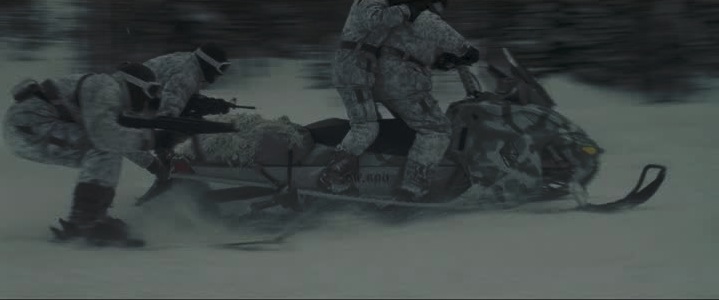
- Inception we need to go deeper scene how to#
- Inception we need to go deeper scene full#
- Inception we need to go deeper scene code#
The state-of-the-art pre-trained networks included in the Keras core library represent some of the highest performing Convolutional Neural Networks on the ImageNet challenge over the past few years. When it comes to image classification, the ImageNet challenge is the de facto benchmark for computer vision classification algorithms - and the leaderboard for this challenge has been dominated by Convolutional Neural Networks and deep learning techniques since 2012.
Inception we need to go deeper scene full#
You can find the full list of object categories in the ILSVRC challenge here. These 1,000 image categories represent object classes that we encounter in our day-to-day lives, such as species of dogs, cats, various household objects, vehicle types, and much more. Models are trained on ~1.2 million training images with another 50,000 images for validation and 100,000 images for testing. The goal of this image classification challenge is to train a model that can correctly classify an input image into 1,000 separate object categories.
However, when we hear the term “ImageNet” in the context of deep learning and Convolutional Neural Networks, we are likely referring to the ImageNet Large Scale Visual Recognition Challenge, or ILSVRC for short. ImageNet is formally a project aimed at (manually) labeling and categorizing images into almost 22,000 separate object categories for the purpose of computer vision research. Let’s start with a overview of the ImageNet dataset and then move into a brief discussion of each network architecture. Keras ships out-of-the-box with five Convolutional Neural Networks that have been pre-trained on the ImageNet dataset: State-of-the-art deep learning image classifiers in Keras We’ll then create a custom Python script using Keras that can load these pre-trained network architectures from disk and classify your own input images.įinally, we’ll review the results of these classifications on a few sample images. In the first half of this blog post, I’ll briefly discuss the VGG, ResNet, Inception, and Xception network architectures included in the Keras library. Update: This blog post is now TensorFlow 2+ compatible!
Inception we need to go deeper scene code#
Looking for the source code to this post? Jump Right To The Downloads Section VGGNet, ResNet, Inception, and Xception with Keras


To learn more about classifying images with VGGNet, ResNet, Inception, and Xception, just keep reading. Specifically, we’ll create a special Python script that can load any of these networks using either a TensorFlow or Theano backend, and then classify your own custom input images.
Inception we need to go deeper scene how to#
This solution worked well enough however, since my original blog post was published, the pre-trained networks (VGG16, VGG19, ResNet50, Inception V3, and Xception) have been fully integrated into the Keras core (no need to clone down a separate repo anymore) - these implementations can be found inside the applications sub-module.īecause of this, I’ve decided to create a new, updated tutorial that demonstrates how to utilize these state-of-the-art networks in your own classification projects. The pre-trained networks inside of Keras are capable of recognizing 1,000 different object categories, similar to objects we encounter in our day-to-day lives with high accuracy.īack then, the pre-trained ImageNet models were separate from the core Keras library, requiring us to clone a free-standing GitHub repo and then manually copy the code into our projects.


 0 kommentar(er)
0 kommentar(er)
